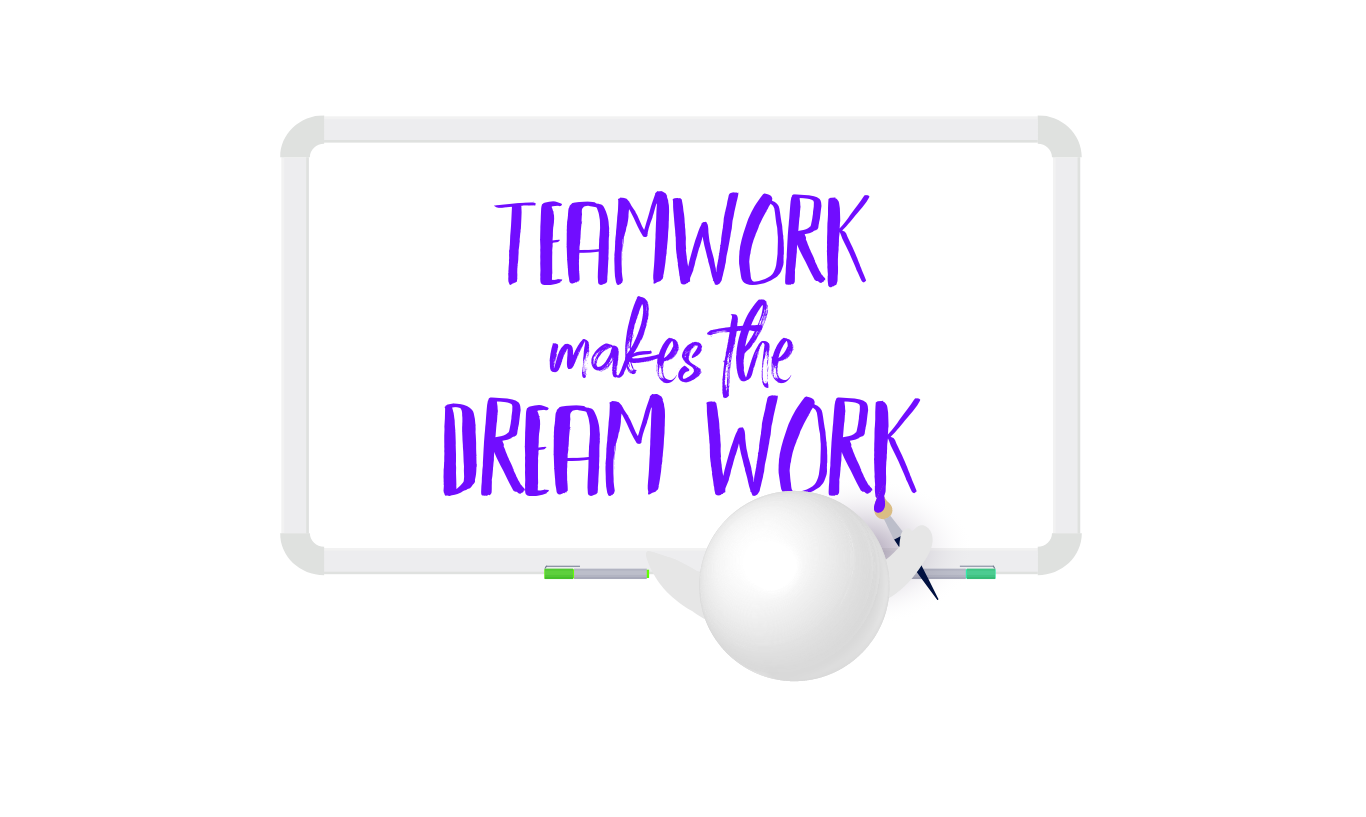The Role of Marketing Analytics in Identifying Creative Needs
We've all heard the pop psychology theory that classifies people as either left-brained or right-brained. Indeed, it is true that the left side of the brain controls analytics, logic and language, and the right controls creativity and visual comprehension. But, thanks to advancements in neuroscience, we now know that the ability to perform any function – whether creative or analytical – is strongest when both sides of the brain work together.
The same goes for your marketing team.
The Importance of Integrating Analytics and Creative
Like the brain, marketing teams often have an analytical, data-driven side and a creative, visual side. When both sides collaborate, performance and results can reach new levels.
This is especially true in today’s landscape, where consumers are increasingly adept at tuning out marketing messages that do not resonate. That’s why the question: “Is this message relevant to my target audience?” is one of the most important to consider when developing a campaign.
To ensure the answer to this question is yes, creative teams must rely heavily on data from their analytics team and marketing analytics software to inform messaging and visual components.
How Marketing Analytics Software Serves Creative Teams
To create the highly customized messaging that consumers demand, marketers must thoroughly analyze data on a granular level and scale the insights generated from that data at machine speed. That’s when an advanced marketing analytics platform can be a game-changer. Once engagements from each campaign across channels are normalized, correlated and evaluated by the analytics team for insights, they can be passed to the creative team to inform and identify messaging.
There are several key ways that creative and analytics teams can collaborate to get insights into the messaging that leads to optimized campaigns.
Person-Level Insights
Person-level insights are the engine that drives effective marketing campaigns. These insights are gathered by correlating and scaling user-level attribution data, evaluating each interaction by touchpoints across channels. This arms marketers with data with key engagement data – including channel, message and time – to create customized ads targeted to individuals.
This is especially important to the creative process. On paper, two people can look the same in terms of demographics, but t will respond differently to copy and visual elements. Person-level data goes beyond general consumer personas, allowing creative teams can create different ads for one product that resonate with target consumers based on their unique interests and needs.
Timely Insights
Working alongside the analytics team, creative teams can get real time data updates on message performance. This allows for ongoing course correction, rather than waiting until the next campaign to optimize messaging. This is a necessary part of the messaging process, because while marketing teams conduct creative pretesting to understand how a message will perform, it is not the same as real-world ad exposure. There are always differences between pretesting and what is observed in-market. Furthermore, this ensures marketers do not miss out on time-sensitive optimizations. For instance: A marketing analytics team at a film studio evaluates a campaign’s effectiveness post-launch and realizes that none of the ads appealed to a certain audience. The film has been released without an opportunity to engage this audience, translating into a missed opportunity.
Segmentation by Interest or Population
Advanced analytics platforms also allow creative teams to work backwards, developing creative first or leveraging past creative, and using heat mapping to determine the optimal segment to target. They can deliver this creative on the right channels at the right time to the right audiences. Conversely, heat mapping allows creatives to start by evaluating the interests of a particular audience and creating messaging and visuals that speak to their specific interests.
Identifying Underserved, Relevant Audiences
Ideally, creative and analytics teams work together to identify the interests of the target audiences, and develop an ad designed just for them. However, when evaluating campaign metrics, the analytics might reveal that there are additional audiences not currently targeted. For example, let’s say a car manufacturer has no messaging targeted to women, despite the fact that the product does not have an inherent gender skew. Working with analytics, creative teams can identify this underserved audience and create new ads to target this segment.
Final Thoughts
It is easy to think of analytics and creative as separate disciplines. But for either team to be effective, collaboration is essential. It’s not enough for the analytics team to determine where and when an ad should run using data from past engagements, then pass it off to the creative team to develop, compelling messages for that medium.
Just like the brain, the strongest, most optimal results occur when both teams work together to develop creative campaigns informed by granular data that offers insight into what will get a consumer to stop what they are doing and engage with the message.





















